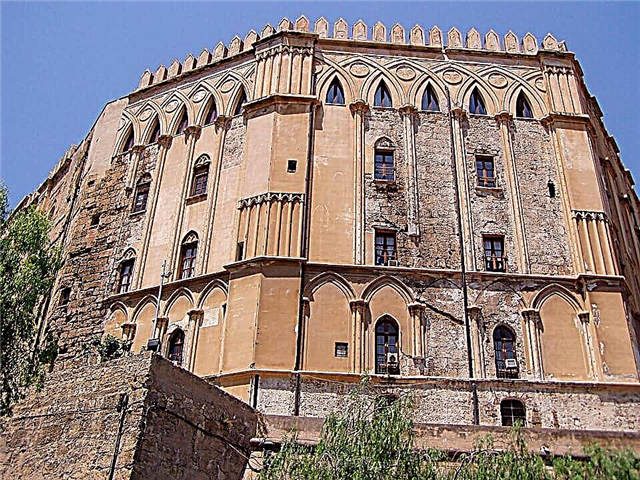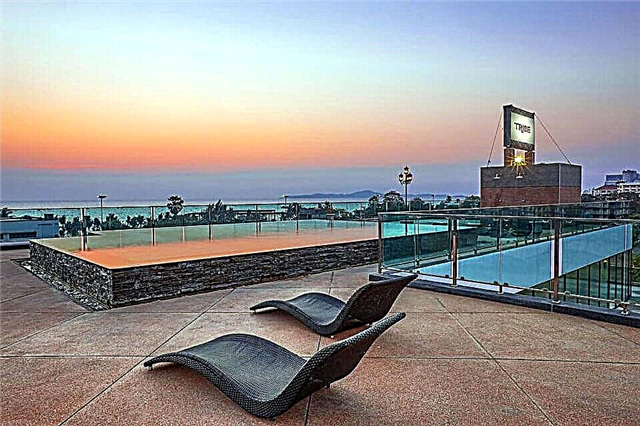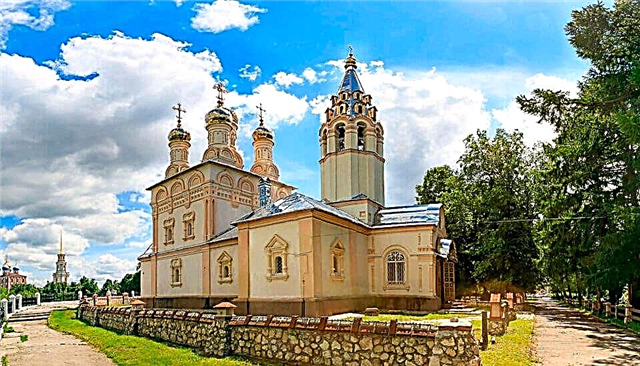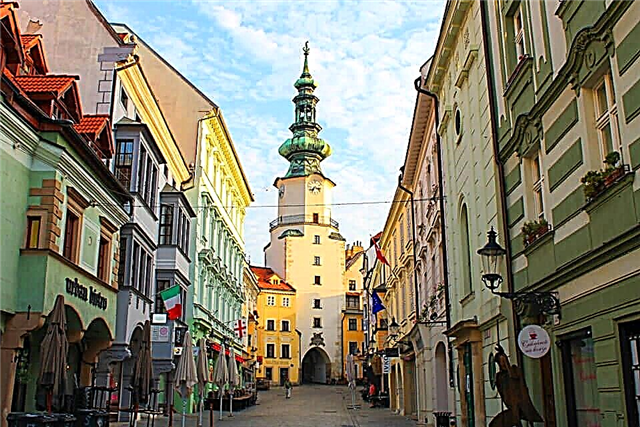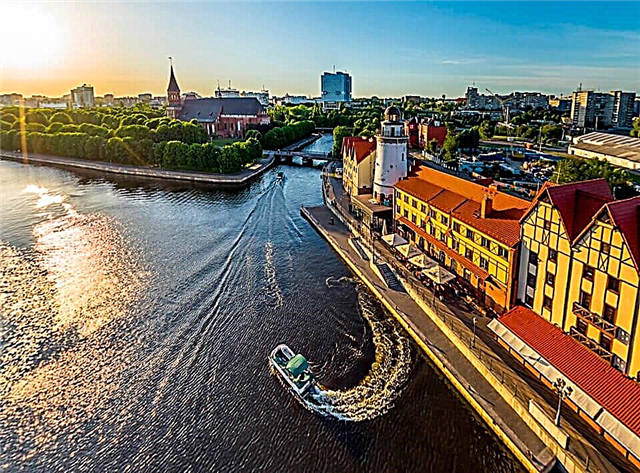There are three natural zones in Peru: the Pacific coast, or Costa, the high Andes and tropical rainforests in the Amazon Valley. A narrow strip of land, sandwiched between the Andes and the vastness of the ocean, is teeming with sand dunes, oases around the "capital of Peruvian wine" Ica and national parks.
Content:
List of attractions in Peru
Short description
The Paracas Marine Reserve is home to both native waterfowl and migratory species such as pelicans, flamingos and Humboldt penguins. The rocky Ballestas Islands, opposite the nature reserve, are inhabited by colonies of gulls, cormorants and fur seals.

Plaza de Armas in Cusco
There are also seaside resorts on the Pacific coast of Peru, the best of them - Picasmayo - ideal for surfing. The Huascaran National Park was created to protect the highland landscapes of Peru. The slopes of the Andes are covered with forest, subalpine and alpine vegetation, and the fauna is represented by artiodactyl vicuñas, Andean deer and condor birds of prey. 60% of Peru's territory is occupied by selva - tropical rainforests.
The region of El Inferno Verde ("Green Hell") is a unique biosystem: the deepest river in the world, the Amazon, originates here, and Indian tribes live here. Traveling by boat through the labyrinth of rivers and lakes, tourists will see the world's largest water lilies, reaching 2 meters in diameter, and will be able to watch the bloodthirsty piranha fish.

Saxayhuaman
Mysteries of Peru - Inca cities, giant drawings and man-made islands
Peru's monuments baffle even the best historians. Until the middle of the 16th century, this South American country was the heart of the Inca empire. - a highly developed people who, many centuries ago, were able to invent lightweight non-motorized aircraft and create a water supply system that is not inferior in skill to the Roman. According to legend, the foundations of houses and churches in the city of Cuzco were carved in the mountains by the first ancestor of the Incas, Manco Capac. The Sacsayhuaman sanctuary is built of massive boulders weighing 40-50 tons, fitted to each other with amazing accuracy. At 33 km from Cusco, on the tops of the inaccessible mountains rises the ancient fortress of the Incas - Pisac. The last stronghold of the Incas was the city of Machu Picchu, whose palaces, temples and dwellings were erected from granite blocks, and terraced fields were cut down in the thickness of rocks, intended for growing corn and other crops. The desert Nazca plateau is one of the most mysterious objects in Peru.

Floating islands of Uros on Lake Titicaca
It is dotted with drawings of gigantic dimensions (from 40 m to 8 km), distinguishable only from the air. During the air tour, tourists will see hundreds of different shapes - from geometric patterns to stylized images of people, animals and birds. No less mysterious are the burial towers of Sillustani, decorated with stone reliefs in the form of lizards, personifying the underworld in Peru. Excursions to the man-made floating islands where the Uros live are also offered. The islands are woven from reed, which grows in abundance on the island. Titicaca is the world's highest navigable lake.


